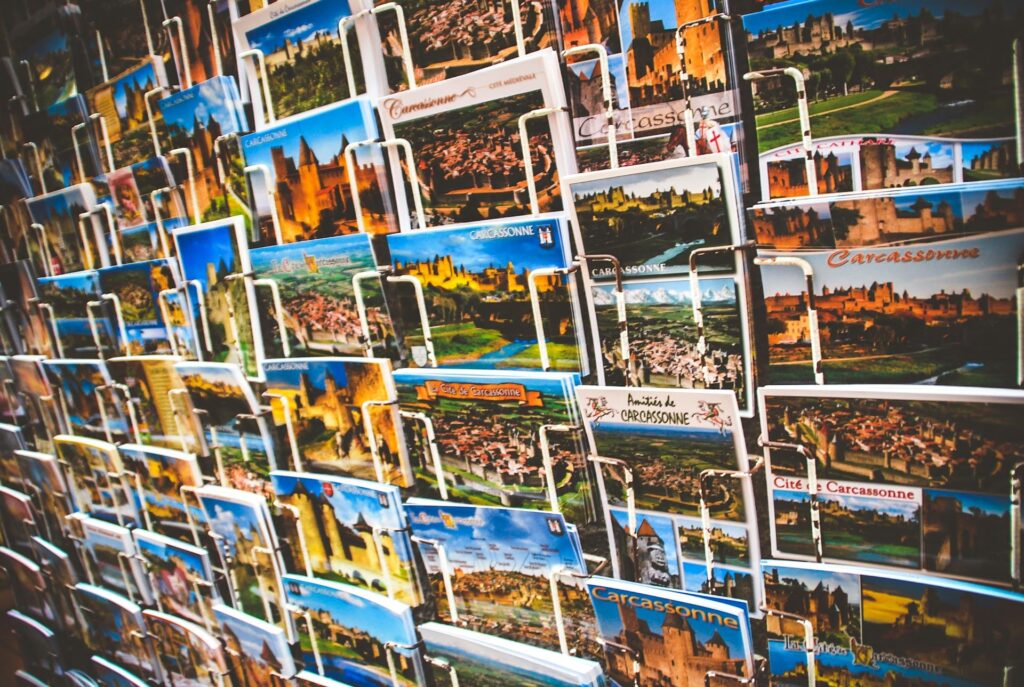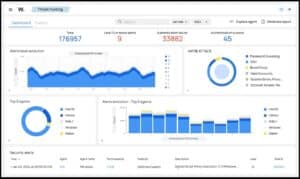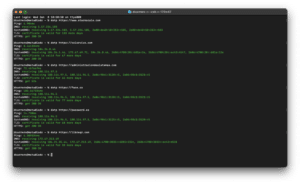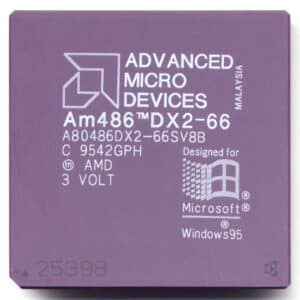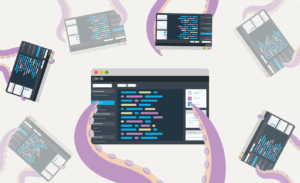Images are a crucial part of web design and user experience, but choosing the right format is key to optimizing page load speed, maintaining quality, and improving SEO. Different formats offer unique advantages and disadvantages in compression, transparency, animation support, and browser compatibility.
This article explores the most commonly used image formats and helps determine which one is best suited for various web use cases.
The Most Popular Image Formats for the Web
📷 JPG (JPEG) – Best for Photos, But With Quality Loss
Pros:
✔ High compression reduces file size.
✔ Supported by all browsers and devices.
✔ Ideal for photos and complex graphics with color gradients.
Cons:
❌ Uses lossy compression, reducing quality.
❌ Does not support transparency or animations.
📌 Best for: Photos and detailed images where file size is more important than maximum quality.
🎨 PNG – High-Quality Images With Transparency Support
Pros:
✔ Supports transparency while maintaining high image quality.
✔ Uses lossless compression, preserving details.
✔ Widely supported across browsers and platforms.
Cons:
❌ Larger file sizes compared to JPG and WEBP.
❌ Not ideal for large or highly detailed images.
📌 Best for: Logos, icons, and illustrations that require transparency or high-quality details.
🎞 GIF – Basic Animations With Major Limitations
Pros:
✔ Supports animations without additional plugins.
✔ Compatible with all browsers.
Cons:
❌ Limited to 256 colors, making it unsuitable for high-quality images.
❌ Large file sizes for longer animations.
📌 Best for: Small animations, though WEBP is a superior alternative.
🚀 WEBP – Google’s Modern Web Image Format
Pros:
✔ Better compression than JPG and PNG, with less quality loss.
✔ Supports transparency (like PNG) and animations (like GIF).
✔ Faster page load times due to smaller file sizes.
Cons:
❌ Not supported by older browsers (e.g., Internet Explorer).
❌ Slightly higher CPU usage when decoding.
📌 Best for: Web images that require a balance between quality and file size optimization.
🔮 AVIF – The Future of Image Compression
Pros:
✔ Superior compression to both WEBP and JPG while maintaining excellent quality.
✔ Supports HDR, transparency, and animations.
✔ Produces significantly smaller file sizes.
Cons:
❌ Not yet fully supported by all browsers and editing software.
❌ Slower decoding than other formats.
📌 Best for: Websites needing the highest quality with the smallest file sizes—perfect for high-performance applications.
📜 TIFF – Maximum Quality but Inefficient for the Web
Pros:
✔ Lossless format ensures the highest image quality.
✔ Supports transparency and multiple layers in some versions.
✔ Used in photography, printing, and archival purposes.
Cons:
❌ Extremely large file sizes.
❌ Not supported by web browsers.
📌 Best for: Not recommended for the web—used in professional photography and print media.
📂 DNG – Optimized RAW Format, but Not for the Web
Pros:
✔ Maintains full image information without loss.
✔ Ideal for professional editing in tools like Adobe Lightroom & Photoshop.
✔ Open standard by Adobe for RAW images.
Cons:
❌ Huge file sizes with no optimized compression for the web.
❌ Not supported by browsers.
📌 Best for: Photography and editing, not for online use.
📊 Web Image Format Comparison Table
| Format | Compression | Transparency | Animations | Compatibility | Best Web Use |
|---|---|---|---|---|---|
| JPG | Lossy | ❌ No | ❌ No | ✅ High | Photos, detailed graphics |
| PNG | Lossless | ✅ Yes | ❌ No | ✅ High | Logos, illustrations, graphics with transparency |
| GIF | Lossless | ✅ Limited | ✅ Yes | ✅ High | Simple animations |
| WEBP | Lossy & Lossless | ✅ Yes | ✅ Yes | 🟡 Medium-High | Optimized alternative to JPG, PNG, and GIF |
| AVIF | Lossy & Lossless | ✅ Yes | ✅ Yes | 🟡 Medium | Best compression with high quality |
| TIFF | Lossless | ✅ Yes | ❌ No | ❌ Low | Not recommended for the web |
| DNG | Lossless | ❌ No | ❌ No | ❌ Low | Not recommended for the web |
🔹 Note: WEBP and AVIF are gaining adoption, but some older browsers and editing tools may lack full support.
🧐 Which Image Format is Best for the Web?
The best format depends on the image type and its purpose on the website:
- 📸 For photos → JPG or WEBP (WEBP is more optimized).
- 🎨 For transparency (logos, icons, illustrations) → PNG or WEBP.
- 🎞 For animations → WEBP instead of GIF (smaller file sizes, better quality).
- 🚀 For best compression and smallest file sizes → AVIF (if browser support is available).
- ❌ TIFF and DNG are not suitable for the web and are better used for professional editing and printing.
For modern, high-performance websites, WEBP is currently the best overall choice due to its versatility, compression efficiency, and widespread support. However, AVIF is emerging as the future standard, offering unmatched quality at minimal file sizes.
💡 Optimizing images for the web improves load times, reduces bandwidth usage, and enhances SEO, leading to a better user experience. Choose the right format and make your website faster and more efficient! 🚀

